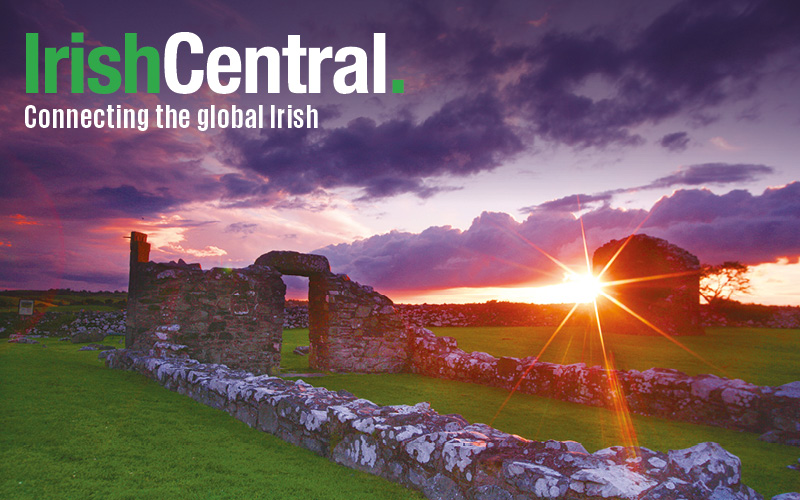Incoming Irish Prime Minister Enda Kenny has described the dramatic Irish election events as a “democratic revolution ... they didn’t take to the streets but they’ve wreaked vengeance on those who let them down.”
Kenny was speaking at a time when it seemed certain that the Fianna Fail party, which has been Ireland’s largest party since 1927, would eventually end up with 20 to 22 seats, down from 77 seats in the 2007 election. Because of the complicated Irish electoral system the complete picture will not be available until Sunday evening at the earliest.
The complete collapse of the Fianna Fail vote will be the main story of a tumultuous Irish election which redrew the face of Irish politics.
Whether the party can ever find its way back to the pinnacle of Irish political life remains a huge question mark now.
Fine Gael, the party led by Kenny, will be the biggest beneficiary and are expected to come in with around 75-77 seats in the 166 seat Parliament.
The Labor Party also had a very successful election, especially in the Dublin area, and are expected to reach the 35-37 seat mark.
It is widely expected that Labor and Fine Gael will form a coalition government, but there remains a small possibility that Fine Gael could govern with the help of independent candidates.
Sinn Fein also made spectacular progress and are expected to end up with 15-16 seats. Party leader Gerry Adams led the way with a poll topping performance in Co. Louth.
The Green Party, Fianna Fail’s coalition party, were completely wiped out, another sign of the anger against the incumbent government.
The other incredible landmark was the election of 12-15 independents as voters abandoned mainstream parties in droves.




Comments